176
Good Deeds
Workouts
176
Cheers given
0
Cheers received
666
Member
Doing good since March 2022
0 Month Streak
0 Month Streak
46 Month Streak

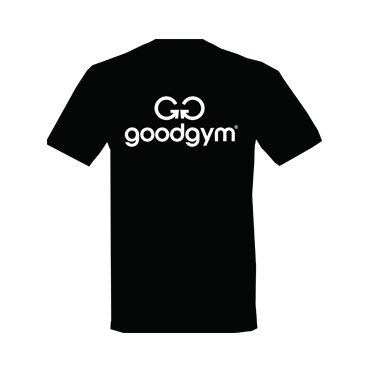

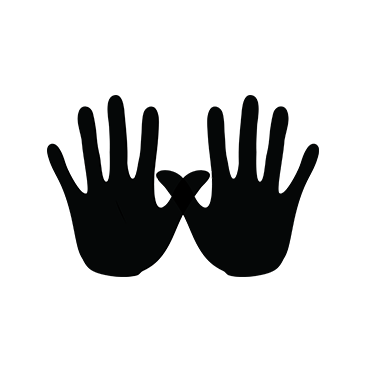

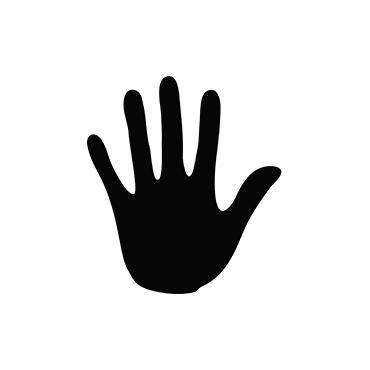



Henry Gibson's next session

Latest activity
Henry Gibson went on a group run
Wed 10th Dec at 6:00pm
Oxford Report written by Bethan Greenaway
but if you have no leaflets, you can't do leafleting!
See you next week xx
Henry Gibson went on a group run
Wed 3rd Dec at 6:00pm
Oxford Report written by Anwen Greenaway
'Tis the season to litter pick the streets of Oxford, so to Headington we headed for an evening of nattering and trash clearing.
We focused on the area surrounding the Oxford Brookes Headington campus, finding plenty of the usual suspects; cans, bottles, crisp packets etc. We were just chatting about how rarely we find pants these days, after a spate of unearthing them on almost every litter pick, when lo and behold Ben spotted a pair hooked on the railings. It's like we manifested them.
1 hour, several heavy bags full of trash, and a potential new recruit later, we deposited our haul for collection and headed off home to warm up.
Henry Gibson went on a group run
Wed 19th Nov at 6:00pm
Oxford Report written by Anwen Greenaway
Our winter food bank clean got going last night; a very welcome indoor task given the sudden chill!
Each winter we do a session roughly once a month to give the food bank a thorough clean. It's hard for their usual team of volunteers to take time away from packing food parcels to do a really thorough clean, so GoodGym taking over the task helps them focus on getting food out to people in need.
This month we cleaned fridges, emptied food waste, cleaned the wall behind the food waste crates, swept & mopped in the kitchen. In the main hall we moved the shelving along the wall closet to the car park, swept, mopped, cleaned the shelves.
Henry Gibson went on a group run
Wed 12th Nov at 6:00pm
Oxford Report written by Bethan Greenaway
This evening we were back at the Rose Hill Community Centre to tackle the garden space for the Rose Hill Junior Youth Group.
Armed with tools, fortified with Meg's lovely flapjacks and lit by a combination of football pitch floodlights, head torches and rechargeable potable lights, we managed to get a lot done.
More roots were cleared and scrubby plants removed. I really hope that we managed to protect the bulbs planted by the nursery earlier in the week!
Chat ranged from holiday planning, winter recipies, food and book recommendations.
Good work team!!
Loading...